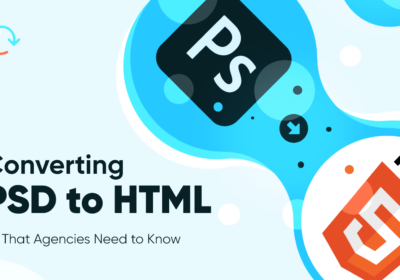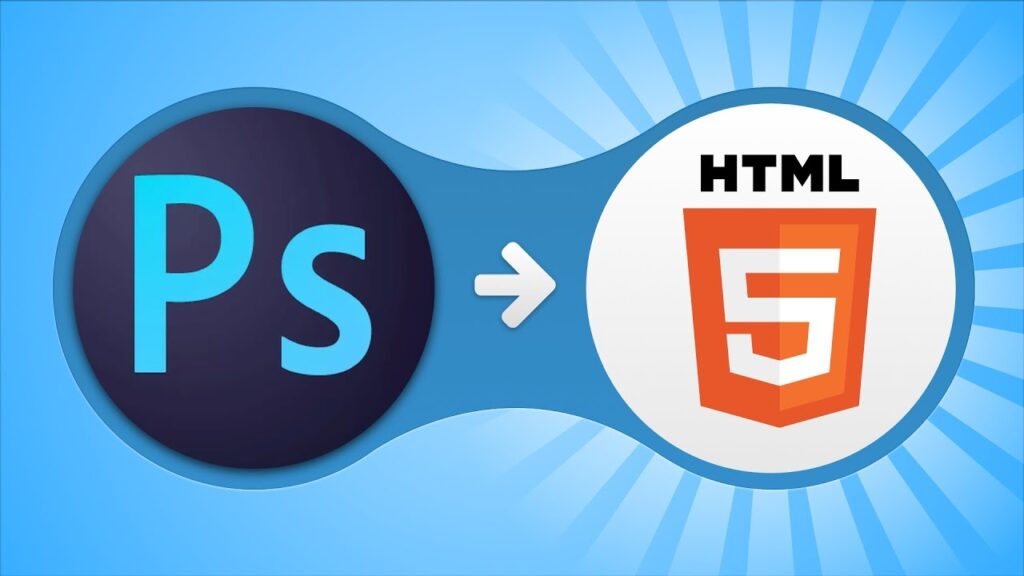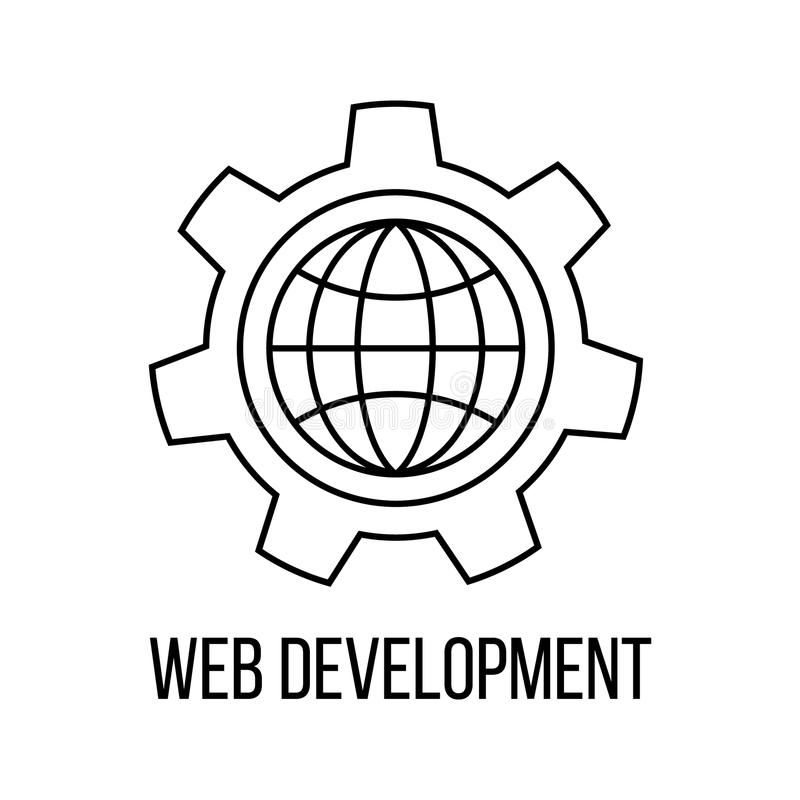The Drawbacks of Utilizing PSD to HTML Conversion Software

Seamless design transitions from static mockups to dynamic websites are essential for creating captivating online experiences. To achieve this, designers and developers often turn to PSD to HTML conversion software, which promises quick and automated conversion of Photoshop Design (PSD) files into functional HTML code.
Loss of Control over Code Quality
Automated conversion software may produce code that lacks the level of precision and quality that manual coding can achieve. The software may generate bloated or inefficient code, leading to slower loading times and reduced website performance. Additionally, automated tools might not adhere to best practices for semantic HTML, proper use of headings, and accessibility considerations, potentially affecting the website’s search engine rankings and user experience.
Limited Customization Options
One of the significant drawbacks of relying on automated conversion software is the limited customization options available. Designers and developers have less control over the code output, making it challenging to implement unique design elements or custom functionalities. This lack of flexibility can hinder creativity and result in websites that feel generic and less tailored to the client’s specific needs.
Compatibility Issues
Automated PSD to HTML conversion software might not be equipped to handle compatibility issues across different web browsers and devices. The resulting code might not be fully responsive or may display inconsistently on various platforms, leading to a subpar user experience for visitors using different devices or browsers.

Absence of Responsive Design Considerations
Responsive design is essential in today’s mobile-driven world. A website that adapts seamlessly to different screen sizes is critical for user engagement and search engine rankings. Automated conversion software may not prioritize responsive design considerations, resulting in websites that do not perform optimally on mobile devices.
Limited Support for Advanced Features
Modern websites often incorporate advanced features such as interactive animations, parallax effects, and dynamic content. Automated conversion tools may struggle to translate these complex design elements into functional code, leading to a loss of key features that contribute to the overall user experience.
Maintenance Challenges
Websites created using automated conversion software may require more frequent maintenance due to potential code errors or inconsistencies. Lack of proper documentation and organization in the generated code can make it challenging for developers to identify and fix issues efficiently.
Bottom Line
Ultimately, the decision to use automated conversion software or opt for a manual approach depends on the specific needs of the project and the desired level of control and customization. For businesses and developers seeking high-quality, performance-driven, and fully customized websites, investing in manual PSD to HTML conversion may prove to be a more rewarding and advantageous choice in the long run.
